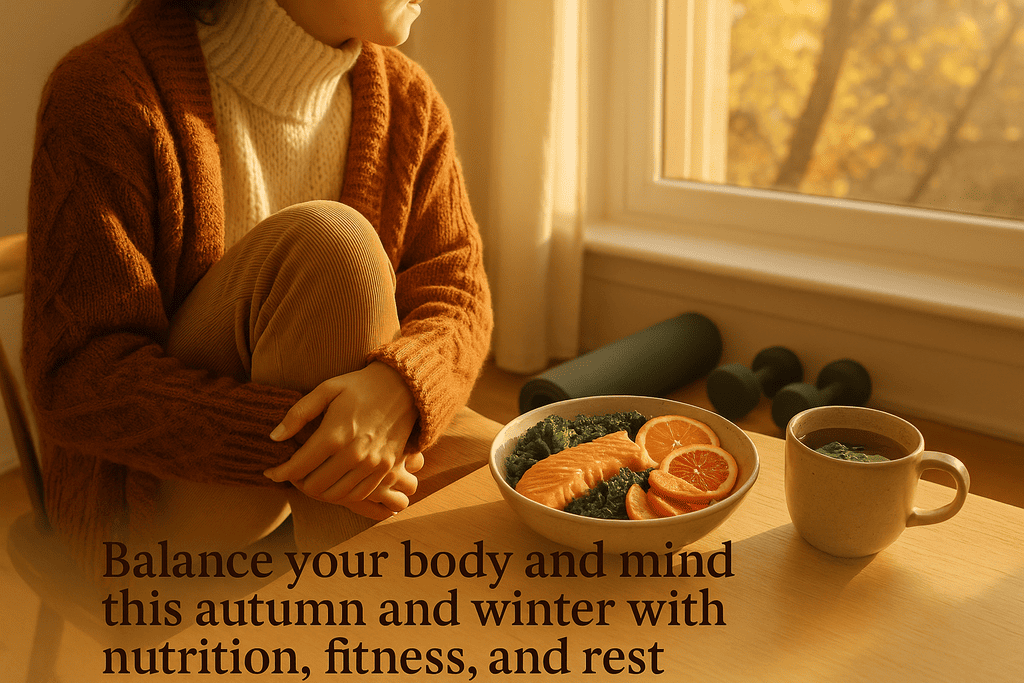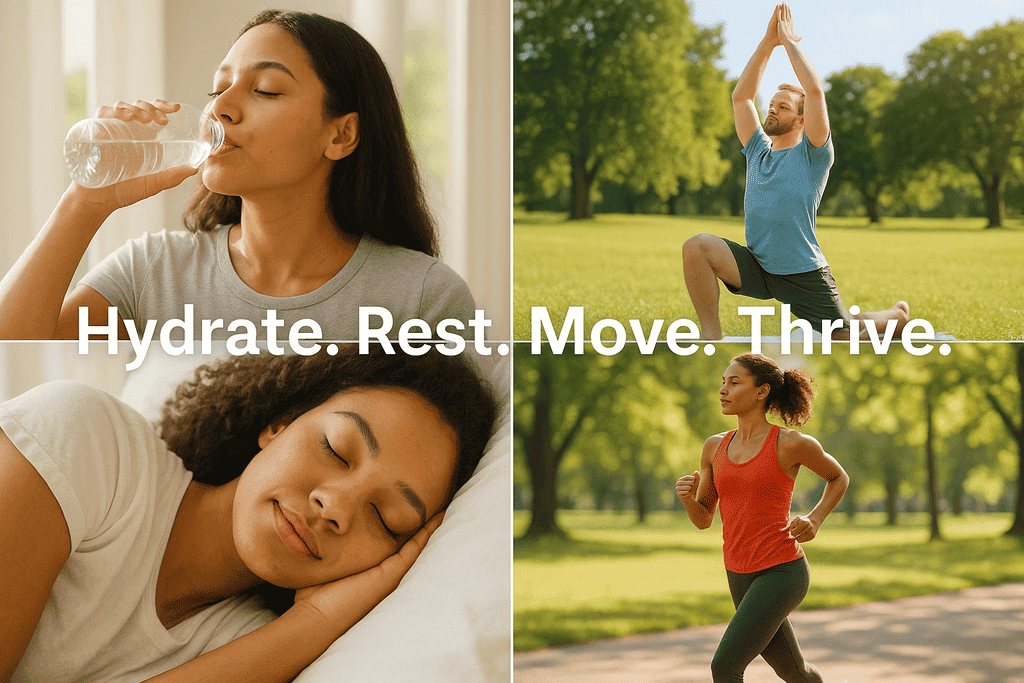
Introduction
Late fall and early winter bring crisp air, shorter days, and a shift in routines. As temperatures drop and daylight fades, our bodies and skin react — energy levels change, vitamin stores (notably vitamin D) decline, and skin hydration decreases. Adapting your fitness, nutrition, and beauty routines for the season helps preserve health, performance, and radiant skin. This guide lays out practical, evidence-based steps you can take now — combining modern science with actionable daily routines — so you enter the cold months strong, nourished, and glowing.
Key points (quick summary)
- Vitamin D levels frequently fall in winter; monitor or supplement when appropriate. PMC+1
- Maintain regular physical activity (150–300 min/week moderate) even when outdoor time shrinks — it protects bone, mood, and immunity. PMC
- Skin barrier care (ceramides, humectants, emollients) is essential to prevent winter dryness and itching. PMC+1
- Whole-food nutrition (fruits, vegetables, fatty fish, whole grains) supports immune resilience — supplements may help but are not substitutes for diet. Bureau des Suppléments Alimentaires+1
- Sleep, stress management, and humidity control (humidifiers) multiply the benefits of fitness, nutrition, and skincare. PMC
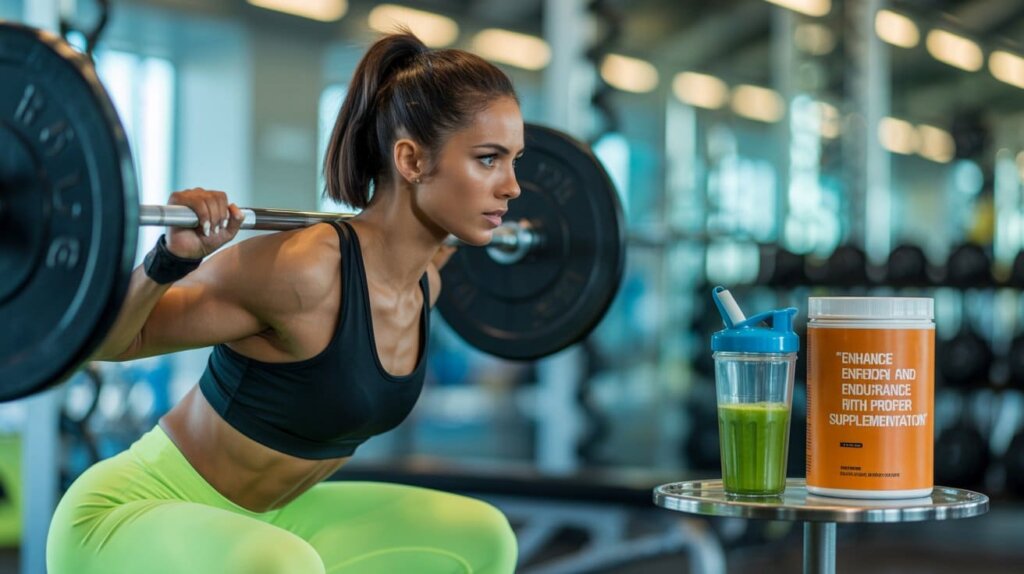
The body
1) Fitness in late fall and early winter: keep moving, adapt smartly
As daylight shortens and temperatures drop, people often reduce physical activity. Yet consistent exercise remains one of the strongest defenses against seasonal declines in mood, metabolic health, and some immune markers.
Practical guidelines:
- Aim for at least 150–300 minutes of moderate aerobic activity weekly (or 75–150 minutes vigorous), plus two sessions of strength training per week. These are WHO-backed recommendations shown to reduce chronic disease risk and preserve function. PMC
- If outdoor exercise decreases, substitute with indoor options: home circuit training, resistive bands, online classes, stair climbing, or brisk walking at a mall or indoor track. Short high-intensity intervals (10–20 minutes) can produce meaningful metabolic benefits.
- Cold-weather tips: layer clothing to avoid sweating then chilling; warm up longer (10–15 minutes) to prevent injury; choose traction footwear for icy surfaces.
Why this matters (science): A randomized trial and recent reports show regular exercise can blunt winter declines in active vitamin D metabolites and help sustain immune-supporting physiology across the season — exercise preserves function beyond just calorie burn. Maintaining activity also supports sleep quality and mood during darker months. PubMed+1
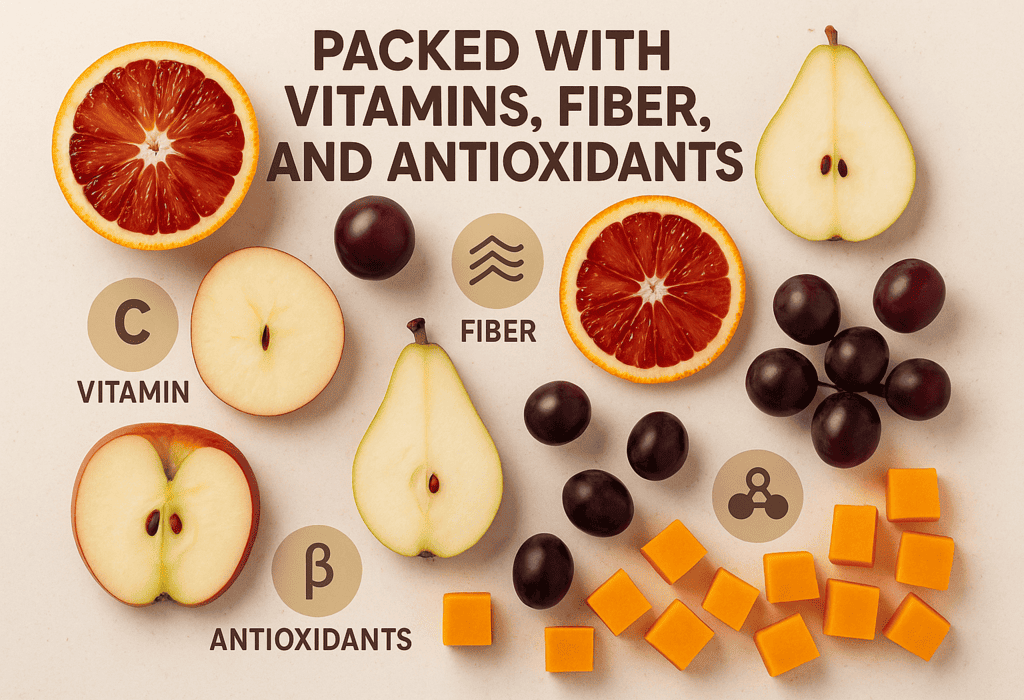
2) Nutrition : build an immune-supportive, seasonal plate
Nutrition in late fall/early winter should prioritize immune-supporting micronutrients, steady energy, and mood-supporting foods.
Daily nutrition strategy (practical):
- Base meals on whole foods: oily fish (salmon, mackerel), colorful fruits and vegetables (vitamin C, carotenoids), nuts and seeds (zinc, selenium), legumes, and whole grains.
- Prioritize protein (lean meats, dairy, legumes) to support recovery from workouts and maintain muscle mass.
- Add healthy fats (omega-3s) for inflammation balance — aim for 2 servings of fatty fish weekly or consider an omega-3 supplement after consulting a clinician.
- Consider vitamin D assessment for people with limited sun exposure; seasonal supplementation (dose individualized) is commonly recommended in many regions. Population studies in Asia and elsewhere show higher rates of vitamin D deficiency in winter, especially in children and people with limited sunlight exposure. PMC+1
Supplements — what the evidence says:
- Vitamin C and zinc have some evidence of modest benefit for shortening durations of colds when taken early; benefits are variable and dose-dependent. Vitamin D supplementation can correct deficiency and support bone and immune health. However, authoritative reviews caution that supplements are adjuncts — not substitutes — for a balanced diet and healthy lifestyle. Bureau des Suppléments Alimentaires+1

3) Beauty & skincare : protect the barrier, restore hydration
Cold air, wind, and indoor heating strip away moisture and impair the skin’s barrier. The seasonal shift can reveal or aggravate conditions like eczema, xerosis (dry skin), and pruritus (itching).
Dermatology practical plan:
- Switch to gentle cleansers (avoid overly foaming or stripping agents). Cleanse with lukewarm water — hot water increases transepidermal water loss (TEWL).
- Use a layered moisturizing routine: apply a hydrating serum (hyaluronic acid), then a richer emollient or occlusive (petrolatum, squalane) and a ceramide-containing cream to restore the lipid barrier. Clinical studies show ceramide-rich creams improve hydration and reduce TEWL after winter exposure. PMC+1
- Protect exposed skin (lips, cheeks, nose) with barrier balms and use a mineral sunscreen on bright winter days — UV still matters at high elevation and in reflective snow.
- Increase indoor humidity with a humidifier (40–60% ideal range) and avoid prolonged hot showers. For severe or persistent eczema/itching, consult dermatology — topical steroids or targeted therapies may be needed.
4) Sleep, stress, and environmental controls : the multiplier effects
Late fall/early winter often bring disrupted sleep and higher stress — both weaken recovery and immune resilience.
- Prioritize 7–9 hours of regular sleep; maintain a consistent bedtime and dawn-simulating light in the morning if days feel dim.
- Use stress-reduction habits (10-minute daily meditation, brisk walks, social contact) to support mental health and adherence to fitness and diet routines. WHO and major public-health bodies underscore the combined benefits of activity, sleep, and social connection for overall health. PMC
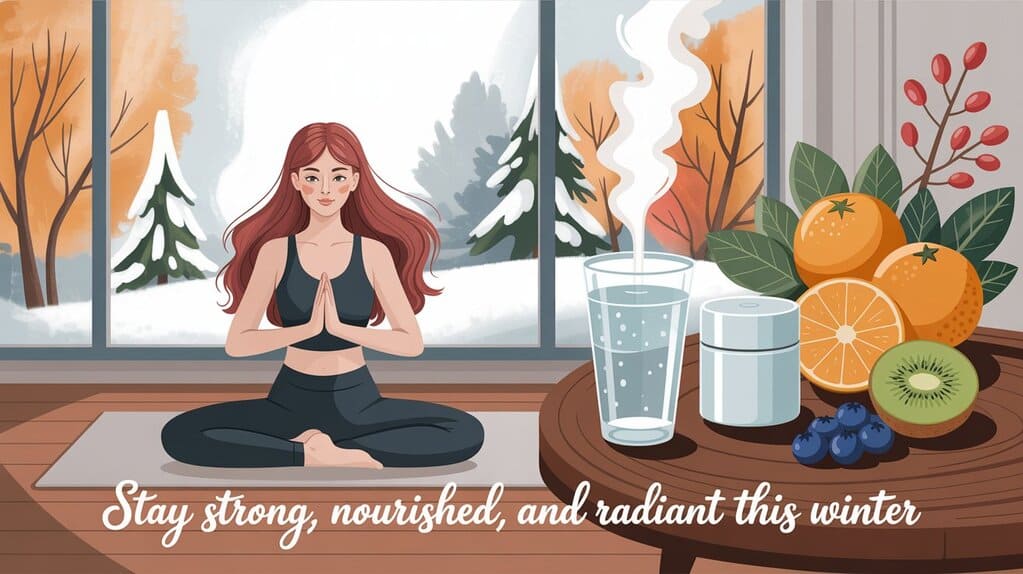
Table — Weekly winter wellness checklist
| Goal | Action items | Frequency |
|---|---|---|
| Move | 150–300 min moderate aerobic or 75–150 min vigorous + strength sessions | Weekly |
| Vitamin D | Get sun when possible; test 25(OH)D if at risk; consider supplement per clinician | Seasonal / as advised |
| Protein & veg | Plate with lean protein + 2 servings colorful veg at each main meal | Daily |
| Hydration & skin | Gentle cleanser, ceramide/moisturizer, humectant serum, lip balm, humidifier | Daily |
| Sleep & stress | 7–9 hours sleep, 10 min relaxation, daylight exposure | Daily |
| Flu/COVID care | Follow local vaccine guidance; practice hand hygiene | As recommended |
Illustrative plan (sample day)
Morning: 15–20 min brisk indoor walk or HIIT + vitamin D–rich breakfast (oatmeal with nuts, kiwi).
Midday: Lunch with fatty fish or legumes + salad; 10 min sunlight break if available.
Evening: Strength session (bodyweight or bands), warm shower (lukewarm finish), ceramide moisturizer, 30–60 min before bed no screens.
Common myths and evidence-based clarifications
- Myth: “Supplements alone will prevent winter illness.” — Evidence: supplements can help correct deficiencies (vitamin D) and sometimes reduce cold duration (vitamin C, zinc), but they are not replacements for a balanced diet, sleep, and activity. Bureau des Suppléments Alimentaires+1
- Myth: “You don’t need sunscreen in winter.” — False: UV exposure still occurs; at high altitudes or with reflective snow, risks increase. Use mineral SPF on exposed skin. Vogue
Conclusion
Late fall and early winter are opportunities to tune your fitness, nutrition, and beauty strategies for resilience. Prioritize consistent physical activity, an evidence-based, whole-food diet with attention to vitamin D and key micronutrients, protect and rebuild your skin barrier, and optimize sleep and stress management. Small, consistent seasonal adaptations — layering clothing, switching to richer moisturizers, scheduling indoor workouts, adding vitamin D where appropriate, and using humidifiers — pay big dividends for energy, immunity, and skin health. Use this guide as a practical roadmap, and consult your health care provider before starting supplements or if you have chronic conditions.
References (selected, recent and reputable)
- Park EH, et al. Effects of winter indoor environment on the skin: Unveiling skin condition changes in Korea. J Dermatol Clin (2023). PMC. PMC
- WHO. Physical activity fact sheet / Guidelines on physical activity and sedentary behaviour. World Health Organization (2020, updated summaries 2024). PMC+1
- NIH — Office of Dietary Supplements. Dietary Supplements for Immune Function and Infectious Disease. (2025 factsheet). Bureau des Suppléments Alimentaires
- Crescioli C. Vitamin D, exercise, and immune health in athletes. Nutrients (2022). PMC. PMC
- Xi L, et al. High prevalence and seasonal patterns of vitamin D deficiency in children and adolescents in central China. (2024). PubMed / ScienceDirect. PubMed+1
- Kim S., et al. A consistent skin care regimen leads to objective improvements in skin hydration and texture. Dermatology trial (2021). PMC. PMC
- Technology Networks reporting on VitaDEx trial (clinical trial showing exercise helps maintain active vitamin D in winter) and VitaDEx RCT abstract. (2025). Technology Networks+1
- American Academy of Dermatology. Cold weather and your skin — expert guidance (2023). Académie Américaine de Dermatologie

